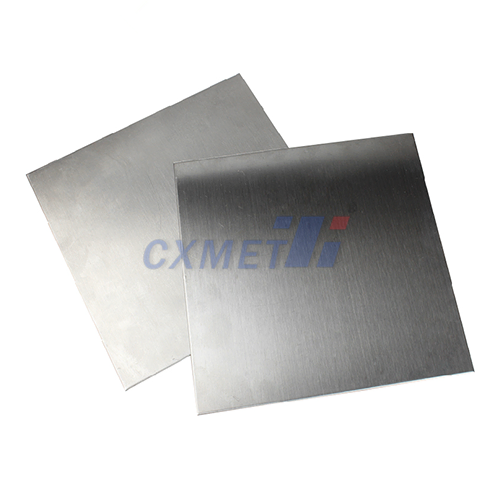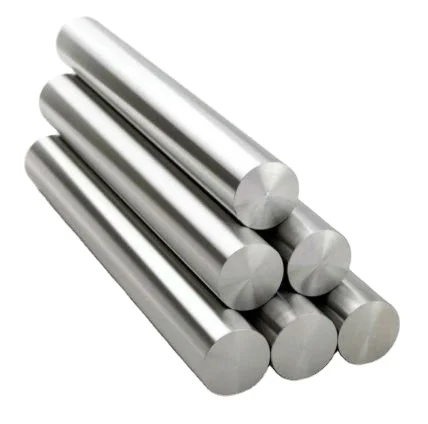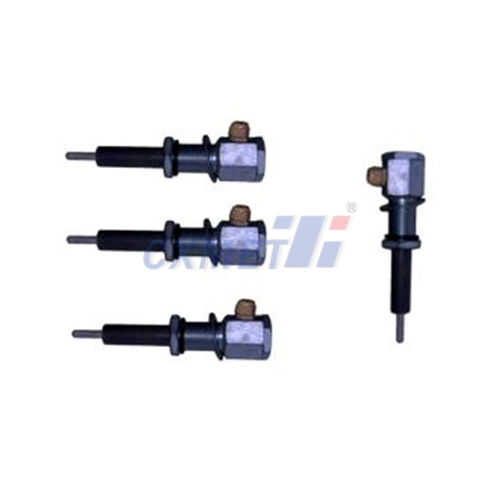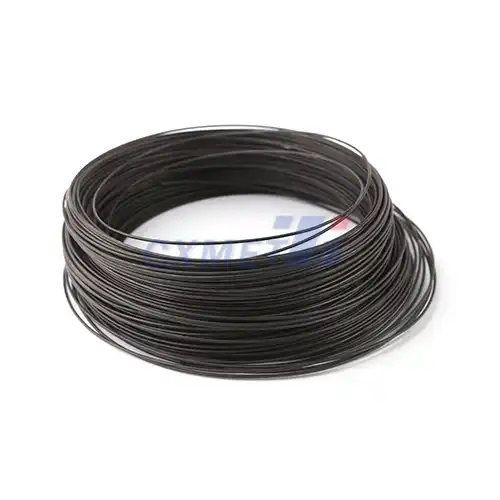- English
- French
- German
- Portuguese
- Spanish
- Russian
- Japanese
- Korean
- Arabic
- Greek
- German
- Turkish
- Italian
- Danish
- Romanian
- Indonesian
- Czech
- Afrikaans
- Swedish
- Polish
- Basque
- Catalan
- Esperanto
- Hindi
- Lao
- Albanian
- Amharic
- Armenian
- Azerbaijani
- Belarusian
- Bengali
- Bosnian
- Bulgarian
- Cebuano
- Chichewa
- Corsican
- Croatian
- Dutch
- Estonian
- Filipino
- Finnish
- Frisian
- Galician
- Georgian
- Gujarati
- Haitian
- Hausa
- Hawaiian
- Hebrew
- Hmong
- Hungarian
- Icelandic
- Igbo
- Javanese
- Kannada
- Kazakh
- Khmer
- Kurdish
- Kyrgyz
- Latin
- Latvian
- Lithuanian
- Luxembou..
- Macedonian
- Malagasy
- Malay
- Malayalam
- Maltese
- Maori
- Marathi
- Mongolian
- Burmese
- Nepali
- Norwegian
- Pashto
- Persian
- Punjabi
- Serbian
- Sesotho
- Sinhala
- Slovak
- Slovenian
- Somali
- Samoan
- Scots Gaelic
- Shona
- Sindhi
- Sundanese
- Swahili
- Tajik
- Tamil
- Telugu
- Thai
- Ukrainian
- Urdu
- Uzbek
- Vietnamese
- Welsh
- Xhosa
- Yiddish
- Yoruba
- Zulu
How Do You Inspect Gr1 Titanium Seamless Tubes For Quality Assurance?
2024-12-10 11:22:59
Quality assurance is a critical aspect of manufacturing Gr1 titanium seamless tubes, ensuring that these high-performance components meet the stringent standards required for various industries. Inspecting these tubes involves a comprehensive set of procedures and techniques designed to verify their mechanical properties, dimensions, and overall integrity. This blog post will delve into the various methods and considerations involved in the inspection process for Gr1 titanium seamless tubes, providing insights into the quality assurance measures that maintain their exceptional performance and reliability.
What are the key mechanical tests performed on Gr1 titanium seamless tubes?
Mechanical testing is a crucial component of the quality assurance process for Gr1 titanium seamless tubes. These tests help verify that the tubes meet the required specifications and can withstand the intended operating conditions. Some of the key mechanical tests performed on Gr1 titanium seamless tubes include:
- Tensile Testing: This test measures the tube's strength and ductility by applying a uniaxial load until failure occurs. It provides important data on the yield strength, ultimate tensile strength, and elongation of the material. For Gr1 titanium seamless tubes, the tensile strength typically ranges from 240 to 330 MPa, with a minimum elongation of 24%.
- Hardness Testing: Hardness tests, such as Brinell or Rockwell, are conducted to determine the material's resistance to indentation and wear. Gr1 titanium usually has a Brinell hardness of around 120-160 HB.
- Flattening Test: This test assesses the tube's ability to withstand flattening without cracking or showing other signs of failure. The tube is compressed between two flat plates until the distance between the plates reaches a specified value, typically 1/3 of the original outside diameter.
- Flaring Test: The flaring test evaluates the tube's ability to undergo expansion at its end without cracking or splitting. A conical mandrel is forced into the end of the tube, causing it to flare outward.
- Burst Test: This test determines the tube's ability to withstand internal pressure. The tube is sealed at both ends and pressurized with a fluid until failure occurs, providing data on its burst strength.
In addition to these tests, non-destructive testing methods such as ultrasonic testing, eddy current testing, and hydrostatic testing are often employed to detect internal defects or leaks without damaging the tubes. These tests help ensure the structural integrity and performance of Gr1 titanium seamless tubes in their intended applications.
How are dimensional inspections carried out on Gr1 titanium seamless tubes?
Dimensional inspections are critical in ensuring that Gr1 titanium seamless tubes meet the specified tolerances and geometric requirements. These inspections involve a combination of manual measurements and advanced measurement technologies to verify various dimensional attributes. The key aspects of dimensional inspections for Gr1 titanium seamless tubes include:
- Outer Diameter (OD) Measurement: The OD is typically measured using precision micrometers or laser micrometers. Multiple measurements are taken along the length of the tube to ensure consistency and detect any variations.
- Inner Diameter (ID) Measurement: The ID is often measured using bore gauges or internal micrometers. For smaller diameter tubes, air gauging may be employed for highly accurate measurements.
- Wall Thickness Measurement: Ultrasonic thickness gauges are commonly used to measure wall thickness without cutting the tube. These devices can provide accurate measurements of the tube wall at various points along its length.
- Length Measurement: The overall length of the tube is typically measured using a calibrated tape measure or a coordinate measuring machine (CMM) for higher precision.
- Straightness and Roundness: These geometric characteristics are often assessed using specialized equipment such as straightness testers or roundness measuring machines. CMMs can also be used for these measurements.
- Surface Finish: The surface roughness of the tube is measured using profilometers or optical surface analyzers to ensure it meets the required specifications.
To ensure accuracy and reliability, all measuring instruments used in dimensional inspections are regularly calibrated and maintained. The frequency of inspections and the sampling rate may vary depending on the production volume and the specific requirements of the end application.
In addition to manual measurements, advanced inspection technologies such as laser scanning and optical measurement systems are increasingly being used for rapid and highly accurate dimensional inspections of Gr1 titanium seamless tubes. These systems can generate detailed 3D models of the tubes, allowing for comprehensive analysis of their geometric properties.
It's important to note that the dimensional tolerances for Gr1 titanium seamless tubes can be quite tight, often in the range of ±0.1 mm or less for critical dimensions. Therefore, the inspection process must be carried out with great care and precision to ensure compliance with these stringent requirements.
What surface and internal defect inspection methods are used for Gr1 titanium seamless tubes?
Inspecting Gr1 titanium seamless tubes for surface and internal defects is crucial to ensure their structural integrity and performance in demanding applications. Various inspection methods are employed to detect and characterize potential flaws that could compromise the tube's functionality. The primary inspection techniques used for surface and internal defect detection in Gr1 titanium seamless tubes include:
- Visual Inspection: This is the first line of defense in detecting surface defects. Trained inspectors examine the tubes under proper lighting conditions to identify visible imperfections such as scratches, dents, or discoloration. Magnifying glasses or borescopes may be used for more detailed examinations.
- Dye Penetrant Testing (PT): This method is used to detect surface-breaking defects. A colored or fluorescent dye is applied to the tube surface and allowed to penetrate any cracks or pores. After removing excess dye, a developer is applied to draw out the penetrant from defects, making them visible under normal or ultraviolet light.
- Magnetic Particle Inspection (MPI): Although titanium is non-magnetic, MPI can sometimes be used on Gr1 titanium tubes that have been specially treated to exhibit slight magnetic properties. Magnetic particles are applied to the tube surface, and a magnetic field is induced. Defects cause disruptions in the magnetic field, attracting the particles and revealing the flaw location.
- Eddy Current Testing (ECT): This non-destructive method uses electromagnetic induction to detect surface and near-surface defects. An alternating current is passed through a coil, generating a magnetic field. When the coil is brought near the tube, any defects will cause changes in the magnetic field, which are detected and analyzed.
- Ultrasonic Testing (UT): UT is highly effective for detecting internal defects in Gr1 titanium seamless tubes. High-frequency sound waves are transmitted into the material, and the reflected signals are analyzed to identify and characterize internal flaws such as inclusions, voids, or cracks.
- Radiographic Testing (RT): X-ray or gamma-ray radiography can be used to detect internal defects in titanium tubes. The tube is exposed to radiation, which passes through the material and is captured on film or a digital detector. Variations in the material density, such as those caused by defects, appear as variations in the image intensity.
- Acoustic Emission Testing (AET): This method involves applying stress to the tube and listening for sound waves emitted by growing defects. It can be particularly useful for detecting and monitoring crack growth during pressure testing.
The choice of inspection method(s) depends on various factors, including the tube dimensions, the types of defects of concern, and the specific requirements of the end application. Often, a combination of these techniques is used to ensure comprehensive defect detection.
In addition to these methods, advanced techniques such as phased array ultrasonic testing (PAUT) and time-of-flight diffraction (TOFD) are increasingly being used for more precise and efficient defect detection and characterization in Gr1 titanium seamless tubes.
It's important to note that the inspection criteria and acceptance standards for Gr1 titanium seamless tubes are typically based on industry standards such as ASTM B338 or customer-specific requirements. These standards define the types and sizes of defects that are acceptable, as well as those that require rejection or repair of the tube.
Regular calibration and maintenance of inspection equipment, along with proper training of inspection personnel, are crucial to ensuring the reliability and consistency of defect detection in Gr1 titanium seamless tubes. Additionally, maintaining detailed inspection records and implementing a robust quality management system helps ensure traceability and continuous improvement in the inspection process.
At SHAANXI CXMET TECHNOLOGY CO., LTD, we take pride in our extensive product range, which caters to diverse customer needs. Our company is equipped with outstanding production and processing capabilities, ensuring the high quality and precision of our products. We are committed to innovation and continuously strive to develop new products, keeping us at the forefront of our industry. With leading technological development capabilities, we are able to adapt and evolve in a rapidly changing market. Furthermore, we offer customized solutions to meet the specific requirements of our clients. If you are interested in our products or wish to learn more about the intricate details of our offerings, please do not hesitate to contact us at sales@cxmet.com. Our team is always ready to assist you.
References
- ASTM International. (2021). ASTM B338 - Standard Specification for Seamless and Welded Titanium and Titanium Alloy Tubes for Condensers and Heat Exchangers.
- ASM International. (2015). ASM Handbook, Volume 17: Nondestructive Evaluation of Materials.
- Leyens, C., & Peters, M. (Eds.). (2003). Titanium and titanium alloys: fundamentals and applications. John Wiley & Sons.
- NDT Resource Center. (n.d.). Introduction to Nondestructive Testing.
- Titanium Industries. (n.d.). Titanium Gr1 Properties.
- ASME. (2019). ASME Boiler and Pressure Vessel Code, Section V: Nondestructive Examination.
- Hellier, C. (2013). Handbook of nondestructive evaluation. McGraw-Hill Education.
- Donachie, M. J. (2000). Titanium: a technical guide. ASM international.
- ISO. (2018). ISO 9001:2015 Quality management systems — Requirements.
- TWI. (n.d.). Non-Destructive Testing (NDT).




